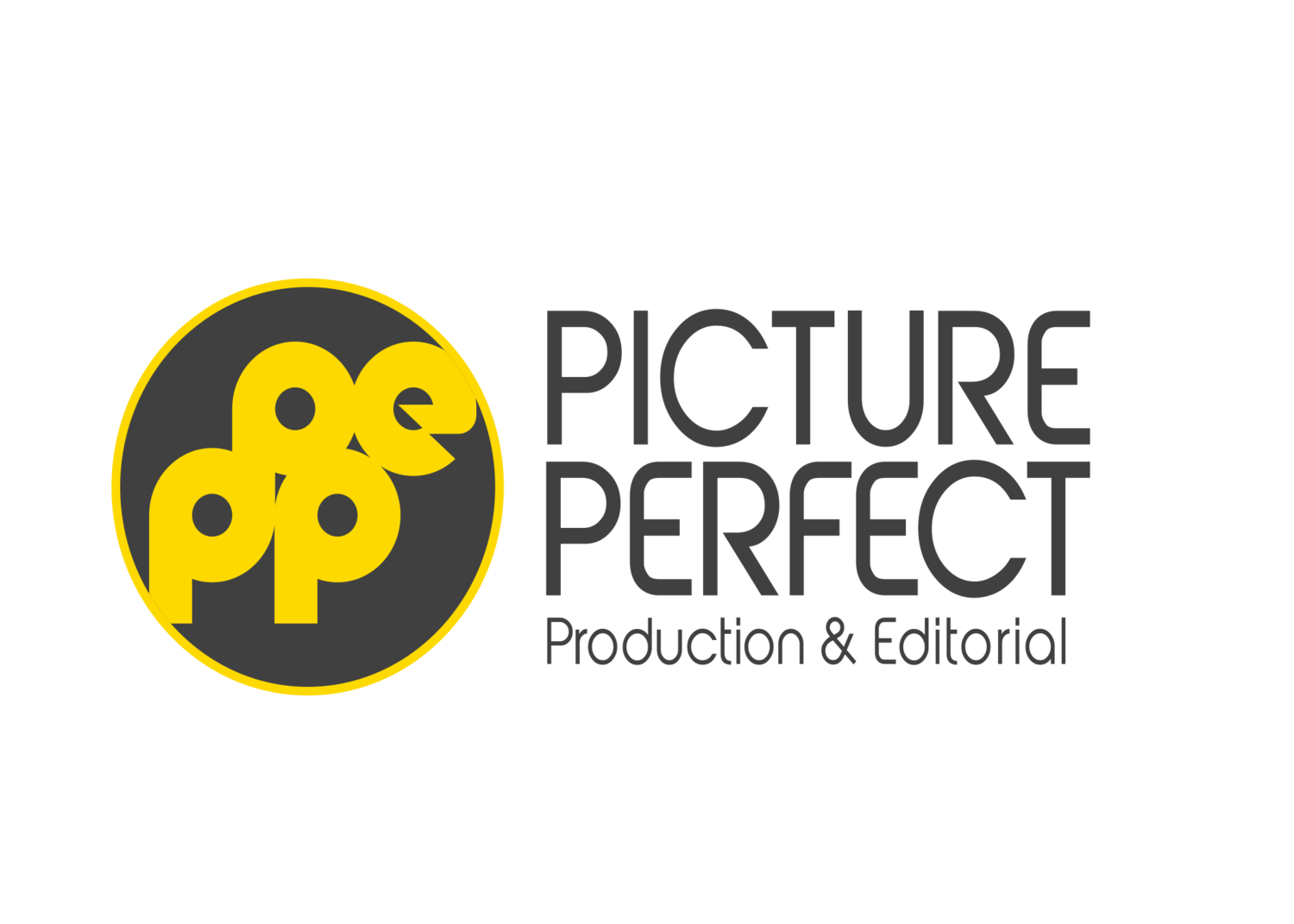The Real Heroes of Special Effects
When we say Special Effects, the first thing that comes to mind is probably Robert Downy Junior flying around in a metal suit and fighting aliens. However, Special effects are FAR more common than your average superhero. Most mainstream commercials have some form of Special effects from green screen to digital animations and overlays. For the layman, film can seem like a magical unexplainable beast that must be slain in just the right way. The reality is that film, and special effects, can be very scientific and pretty simple. Not to say it’s easy, but it’s understandable.
Picture Perfect practices some very basic principles of keeping our doors open to learning experiences and shepherding young talent as much as possible. In that same spirit we want to double down on our knowledge sharing. This is the first of many informational entries we plan to share about the filming process. We sat down with our crew and talked about SFX and how and when we might use it.
“We need to make a scene more appealing for the visuals. How can we tweak the environment?”
When would Picture Perfect use Special Effects?
There are a number of circumstances in which our team might use special effects on one of our projects. Each instance might implement those effects differently depending on the needs of our client or the aesthetic of the project itself. We have a few examples to share with you in order to illustrate our point.
A Flag that flies “naturally” in the sky…
This shot is from a project we did a while back. Our client had a few requests to modify the location, and we used SFX, or Special Effects, to meet them.
“We are not limited to what we shoot”
This is when we would pull in our colorist and make the green greener and the sky… Sky-i…er? You know where we are going with this
By going into each frame and altering the color of the grass, the colorist can match what the human eye might more naturally perceive, as well as set the tone or the atmospheric element of the video. The artist cuts out a mat of the area they want to be altered and replaces it for every angle and shot used in the final film. These techniques are commonly referred to as Color Grading and Color Correction.
Let’s talk about the flag pole! Some of this is using a real flag (when the flag is going up the pole) and some is animation (the flag flying in the wind.)
This task required both 2D and 3D effects layered by using After Affects as well as Maya 3D to produce a few seconds of our flag waving in a sun kissed & comforting, cloudy sky.
The flagpole was ideal but controlling the wind and the clouds are outside of our super powers, so we brought in our 3D animator to bring the flag to life. This is an excellent example of how something simple can take a great deal of work, and artistry.
When dealing with 3D animation the artist is very familiar with some fundamental aspects of physics. Animation is the art of how things move, but physics is the science of it all. So, the 3D animator has to account for friction, drag, wind speed, reaction animation, animation paths, and the magic of a natural rhythm. When we break down the principles we can determine how the object will move and then see how it plays out, making adjustments along the way.
Simply Meticulous
Our 3D animator, Paulo, worked in a program called Maya 3D and animated the motion of the flag flying in the wind frame by frame. Over the course of our editing process, we went in to adjust the timing in order to achieve the most naturally blown flag you ever did see. We adjusted the color of the sky to make it more appealing and dynamic, as well as layering in completely fabricated flag to fly as it is saluted by our soldiers.
Don’t Feed the Virtual Llama!
The background is real, the llama is not.
This next image is from a different project where we needed our llama to do a specific action and so we drew it ourselves.
This sort of SFX (special effects) is born of drawn vectors and a final realistic render. The two most common ways to accomplish this:
drawing a vector map over the background yourself
purchasing a vector and making your own adjustments based on your project needs
Hypothetically, if we needed the llama to spit, we can’t guarantee the most professional llama actor will take direction very well, so we animate it. Maya program allows you to go in and manipulate a vector piece by piece using Keys and Keyframes to map out an animation path and using curves or arcs to create natural motion more easily. Most animation programs have a function that fills in motion from one point to another, allowing the artist to manipulate the journey along the way. It is a meticulous and tedious process, but the simple and explainable principles make it a more approachable task. Our in-house 3D artist works with our team to create the exact environment and final product that our client desires.
“Knowing that you have the option to go in after the fact and change anything you want is a comforting feeling to our clients”
Part of The Picture Perfect Team
With all their powers combined, they are PICTURE PERFECT! The team behind the scenes making things appear as they seem to be seen
Next time you watch a commercial, or a superhero movie, or get stuck watching your child’s favorite cartoon, you’ll see the Special effects for all their moving pieces and the professionals behind the magic… or you won’t in which case they really nailed it and you think its all real.
Either way, we hope you keep it #PicturePerfect and keep on learning about the world around you and discovering how things work.







